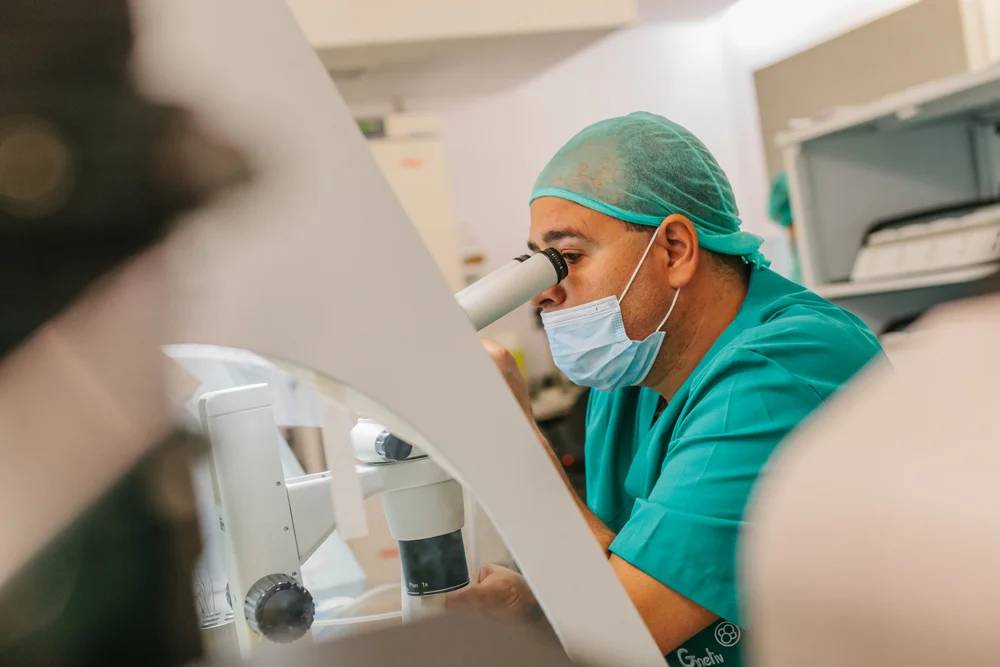
Assisted reproduction
Egg retrieval
Egg retrieval or follicular puncture is a minor outpatient procedure involving the extraction, controlled by ultrasound, of oocytes which have matured in the woman’s ovaries during the previous phase (ovarian stimulation) as part of a treatment for IVF, fertility preservation or egg donation.
Egg retrieval takes about 15 minutes, it is performed under anaesthesia and the procedure is not painful. It is part of the various treatments within assisted reproduction.
Let’s take a look at egg retrieval, step by step:
The egg retrieval process
Egg retrieval must be carried out before ovulation and therefore, ultrasound scans are performed from the start of the cycle in order to examine the follicles in the ovary until they reach a diameter of approximately 16-18mm.
When it has been confirmed that the follicles have reached the appropriate size, a hormone called hCG is administered to trigger ovulation with the following 36- 48 hours. The egg retrieval is then scheduled during this time period so that it is sure to take place before ovulation.
Oocyte extraction is performed vaginally using an aspiration needle that is guided by ultrasound and it is always performed in an operating room under sedation. The specialist locates the follicles and punctures them one by one using this special needle. Then, using the aspiration system, the follicular liquid containing the oocytes is collected in a tube. These tubes are then sent to an in vitro fertilisation lab where the specialists recover the oocytes and prepare them for use.
If any of the oocytes have not reached sufficient maturity, the stimulation phase can be extended, and if they are very immature or have degenerated, they may even be ruled out as being unsuitable for fertilisation.
The number of eggs obtained by egg retrieval
The extraction of eggs varies based on the characteristics of each woman, her response to treatment and any possible pathologies. The most common number obtained is between 6 and 9 eggs per cycle, but 1 or 2 eggs may be obtained from women who are less responsive to treatment, and it can rise to over 20 in young women with no sterility problems.





